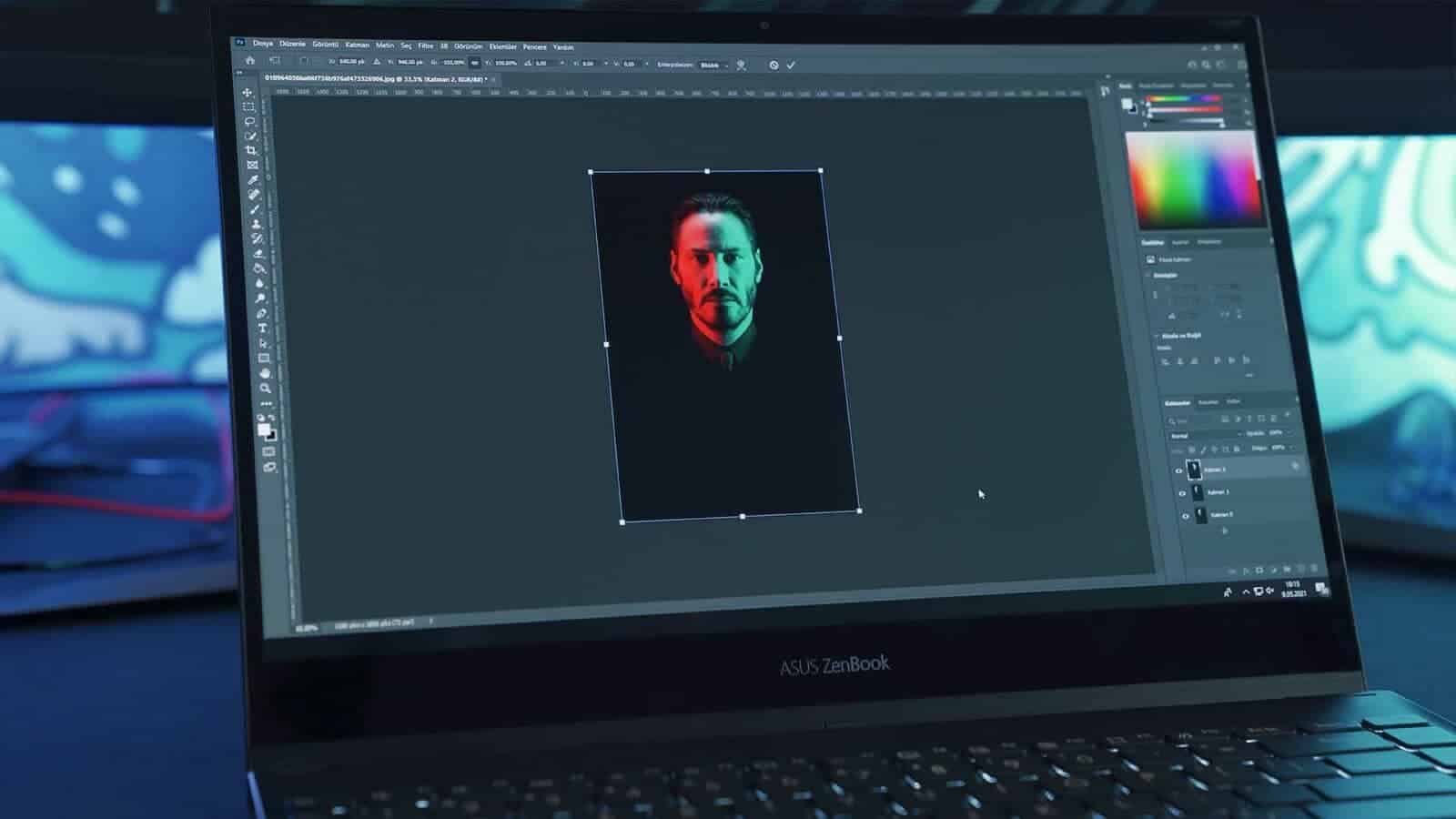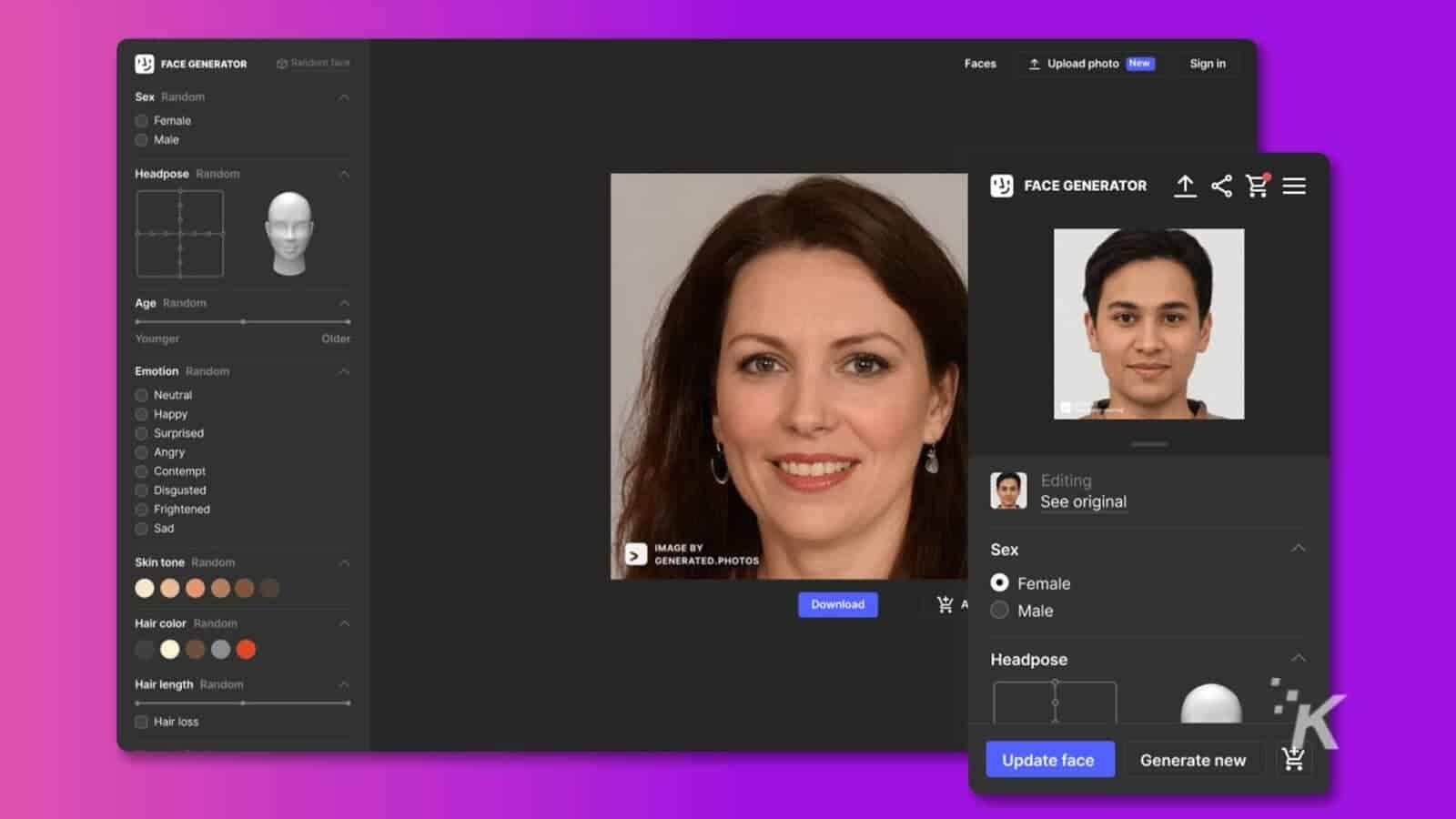Sponsored
Is AI good for photo editing?
AI is transforming the world of photo editing apps, offering sophisticated, user-friendly solutions that were unthinkable a decade ago.

Just a heads up, if you buy something through our links, we may get a small share of the sale. It’s one of the ways we keep the lights on here. Click here for more.
AI technology is paving the way for innovative advancements across the globe, and the sphere of photo editing is undoubtedly benefitting.
In the dawn of the smartphone era, the capabilities of photo editing apps have progressed beyond recognition. Central to this evolution is AI, revolutionizing the landscape of photo editing in ways we never imagined.
To truly appreciate this transformation, we’ll embark on a journey from understanding the crux of AI to its implications in photo editing apps.
Understanding artificial intelligence
Before we unpack how AI is leaving its mark on the photo editing domain, it’s imperative we establish what exactly we mean when we talk about artificial intelligence.
Defining AI
Artificial Intelligence, or AI, represents the concept of machines or computer systems emulating human intelligence.
It’s not just about coding or programming; it’s about learning (the procurement of data and rules for harnessing this information), reasoning (applying these rules to arrive at well-founded conclusions), and self-correction (refining the process based on past experiences).
Evolution of AI
AI has come a long way, showing exponential progress throughout the years. Its journey from the era of simple rule-based systems has led to the development of advanced machine learning and deep learning algorithms.
These algorithms, by mimicking human cognitive capabilities, have been instrumental in pushing the boundaries of what machines can do.
The rise of photo editing apps

Photo editing isn’t a modern phenomenon; it has a rich and intricate history dating back to when smartphones were not as ubiquitous as they are today.
Traditional photo editing
Historically, photo editing was a complex and laborious process, requiring proficiency in sophisticated software and a comprehensive understanding of different editing techniques.
Platforms like Adobe Photoshop were frontrunners, offering a plethora of editing tools. However, they demanded significant technical knowledge and familiarity to use effectively.
Transformation with mobile apps
The onset of the smartphone era marked a significant turning point for photo editing. Mobile-based applications have simplified intricate processes, making it possible for even amateurs to produce visually captivating images.
Apps like Instagram and Snapseed democratized photo editing, bridging the gap between professionals and novices.
AI in photo editing apps: A new era
The advent of AI in photo editing apps is ushering in an entirely new era, enhancing not only the functionality of these apps but also their ease of use.
Role of AI in editing
AI-powered algorithms can now scrutinize an image, pinpoint distinct elements, and offer intelligent editing suggestions.
From automatic background removal to nuanced skin retouching and object recognition, AI improves the user experience by automating complex editing procedures.
It’s now easier than ever to edit selfies and other personal photos with professional results.
Popular AI-based photo editing apps

With the surge in demand, several AI-based photo editing apps have sprung up in the market. Take Prisma, for example, which uses neural networks to transform standard photos into exquisite artwork.
Or consider Hey Photo, known for its uncanny ability to manipulate facial features using AI, allowing users to change their age, gender, or even their hairstyle with a simple tap.
Implications of AI in photo editing
The intersection of AI and photo editing apps doesn’t just influence users and developers; it shapes the future of the broader photography industry.
Benefits of AI-based photo editing apps
AI-driven apps can perform tasks in seconds, which a human editor might take hours to accomplish. They democratize photo editing, making it accessible to beginners and offering unique, AI-specific features.
These advantages enhance creative freedom, pushing the envelope for what’s possible in digital photography.
Challenges and concerns
As with any technological innovation, the integration of AI into photo editing apps does raise a few concerns.
These include potential misuse of deepfake technology, where AI algorithms generate hyper-realistic images or videos of people doing or saying things they didn’t. Data privacy and copyright infringement issues also pose significant challenges.
Future trends in AI and photo editing apps

With technology evolving at breakneck speed, we can anticipate fascinating advancements in the realm of AI and photo editing.
Upcoming technological innovations
Keep your eyes peeled for more sophisticated AI features, including improved object recognition, more personalized editing suggestions, and increased incorporation of augmented reality.
The development of such technologies will undoubtedly redefine the boundaries of photo editing.
Impact on professional photographers and amateurs
While some might fear that AI could replace human editors, it’s more plausible that AI will serve as an invaluable tool to augment the work of professionals and amateurs alike.
AI provides resources that can expedite the editing process while also fostering creativity and innovation in the field.
Conclusion
AI is undoubtedly transforming the world of photo editing apps, offering sophisticated, user-friendly solutions that were unthinkable a decade ago.
Despite the challenges that lie ahead, the future is promising. The intersection of AI and photo editing apps is set to open up a realm of possibilities for both professional photographers and photo enthusiasts alike.
Have any thoughts on this? Drop us a line below in the comments, or carry the discussion to our Twitter or Facebook.
Editors’ Recommendations:
- The best AI website builders (2023)
- A comprehensive look at Midjourney and Stable Diffusion
- The best photo editing software that isn’t from Adobe
- Google Photos for web gets some much-need editing tools
Disclosure: This is a sponsored post. However, our opinions, reviews, and other editorial content are not influenced by the sponsorship and remain objective.
































